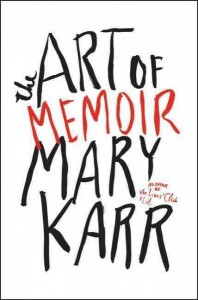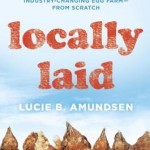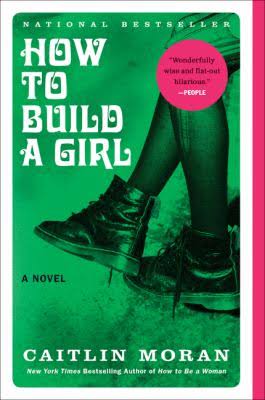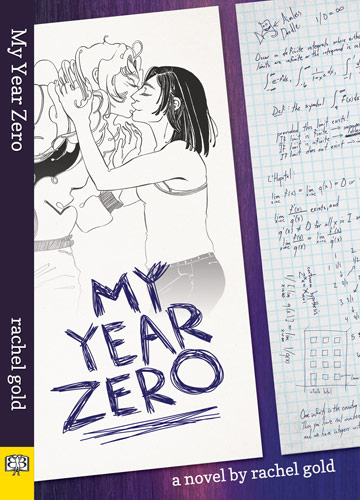For the past several years, I’ve kept a list of every book I read and every movie I saw. I take the little address-book thingie in the pocket sized Moleskine calendar, and use that, starting at one end for books, and upside down from the other end for movies. I watch WAY fewer movies than I used to. For whatever reason, perhaps that I started a new job at the end of the year, I read fully a third fewer books this year than in the previous two years. So, I only read 89 books. I’ll take it, and be glad for the good life that comes with it.
A straight-out list of books would be boring, wouldn’t it? So I’ll start with the funnest stuff: the books I absolutely loved. These are the books I didn’t want to put down, that stayed with me, that I recommended not only to friends but to strangers.
These books that made me resent whatever or whoever made me put them down:
Origin by Diana Abu-Jaber, a moody, wintry mystery with great writing.
Ancillary Justice, a mind- and gender-bending space opera with a terrific main character.
The Library at Mount Char by Scott Hawkins, about a world of literary demi-gods who rebel against their adoptive father.
Company Town by Madeline Ashby, set in a world where physical abnormalities have been effaced, one woman chooses to wear hers like a badge. Or a defense.
The Girl with All the Gifts by MR Carey. Just loved this take on a tired trope of monsters.
Vacationland by Sarah Stonich. These interconnected stories set in northern Minnesota drew me in and made me love this set of characters.
Commonwealth by Ann Patchett. I didn’t care for State of Wonder, and never liked Bel Canto as much as others did (I prefer The Magician’s Assistant) but I was enthralled by this history of two twined families. I didn’t have time to read it, and I read it anyway.
The Trespasser by Tana French. I skipped her past couple books after being disappointed in Faithful Place, but I flat out flew through this, and was THRILLED at the how it played out. Plotted like a mothercusser. So impressive.
Marcelo in the Real World by Francisco X. Stork, about a teen with Asperger-y tendencies, whose father urges him to get out into “the real world” with unexpected results. I really loved getting inside the head of this unique character.
These books made me laugh, a lot:
Locally Laid by Lucie Amundsen, about a clueless family who decide to start a chicken farm. In Duluth.
Furiously Happy by Jenny Lawson, aka The Bloggess.
Unbeatable Squirrel Girl Beats Up the Marvel Universe. So good I’m not consigning it to a comic-book category.
This not only made me laugh, but made me think and was in general way better than it needed to be, taking on gun control, body issues, consent, and more:
Amy Schumer’s Girl with the Lower Back Tattoo.
There were also a lot of solid, entertaining reads:
The Ballad of Black Tom by Victor LaValle.
A Man Called Ove by Frederick Bachman, should have irritated me but didn’t.
Station Eleven (again) by Emily St. John Mandel.
The Golem and the Jinni (again) by Helene Wecker.
Blink by Malcolm Gladwell.
The Nest by Cynthia d’Aprix Sweeney.
Tenth of December by George Saunders.
Another Brooklyn by Jacqueline Woodson.
Boys of My Youth by JoAnn Beard.
These books were good, with maybe some great bits, but didn’t take me to the next level:
You’ll Grow Out of It by Jessi Klein.
The Turner House by Angela Fluornoy. Driftless by David Rhodes.
Today Will Be Different by Maria Semple (no, not as good as Where’d You Go Bernadette)
You Will Know Me by Megan Abbott.
Kitchens of the Great Midwest by J Ryan Stradel.
It’s OK to Cry by Nora McInerny Purmort.
Harry Potter and the Cursed Child.
These made me think about how I am, and want to be, in the world:
Braiding Sweetgrass by Robin Wall Kimmerer
A Good Time for the Truth: Race in Minnesota, ed. by Sun Yung Shin
There were fun read-alouds with my boys, who are now 10 and 13 years old:
The Facts and Fictions of Minna Pratt by Patricia MacLachlan.
Harriet the Spy by Louise Fitzhugh.
The Long Dark Teatime of the Soul by Douglas Adams.
Charmed Life, The Lives of Christopher Chant, and Conrad’s Fate by Diana Wynne Jones.
Helped me with my writing:
Big Magic by Elizabeth Gilbert.
The Art of Memoir by Mary Karr.
They’re classics for a reason:
I Know Why the Caged Bird Sings by Maya Angelou.
The Age of Innocence by Edith Wharton.
The Woman Warrior by Maxine Hong Kingston.
Dubliners by James Joyce.
Love Medicine by Louise Erdrich.
Villette by Charlotte Bronte.
The Picture of Dorian Grey by Oscar Wilde.
Wide Sargasso Sea by Jean Rhys.
These books just didn’t work for me:
Narrow Road to the Deep North by Richard Flanagan.
The Name of the Rose by Umberto Eco.
Blindness by Jose Saramago.
So Long, See You Tomorrow by William Maxwell.
My Brilliant Friend by Elena Ferrante.
When Breath Becomes Air by Paul Kalanithi.
Finally, the booby prizes. The Girls by Emma Cline. Started it, gave up about 30 pages in. Wasn’t hooked, and the style of writing clashed with the subject for me.
Worst of the year: Jane Steele by Lyndsey Faye, a cheeky murder-y retelling of Jane Eyre that seemed to be on track to modernize the tale and remove some of its ugly racism, but then stabs itself in the foot by making a non-white woman the villain and other ghastly racist bits. Wish I hadn’t read it.




